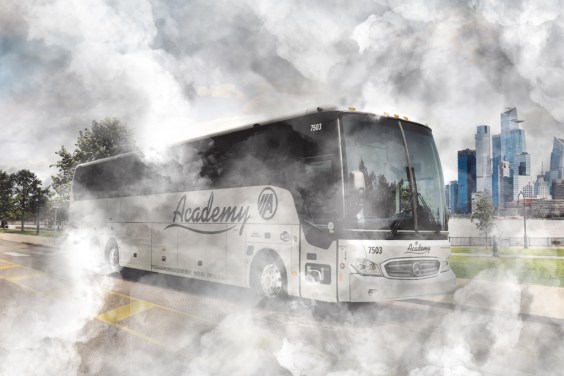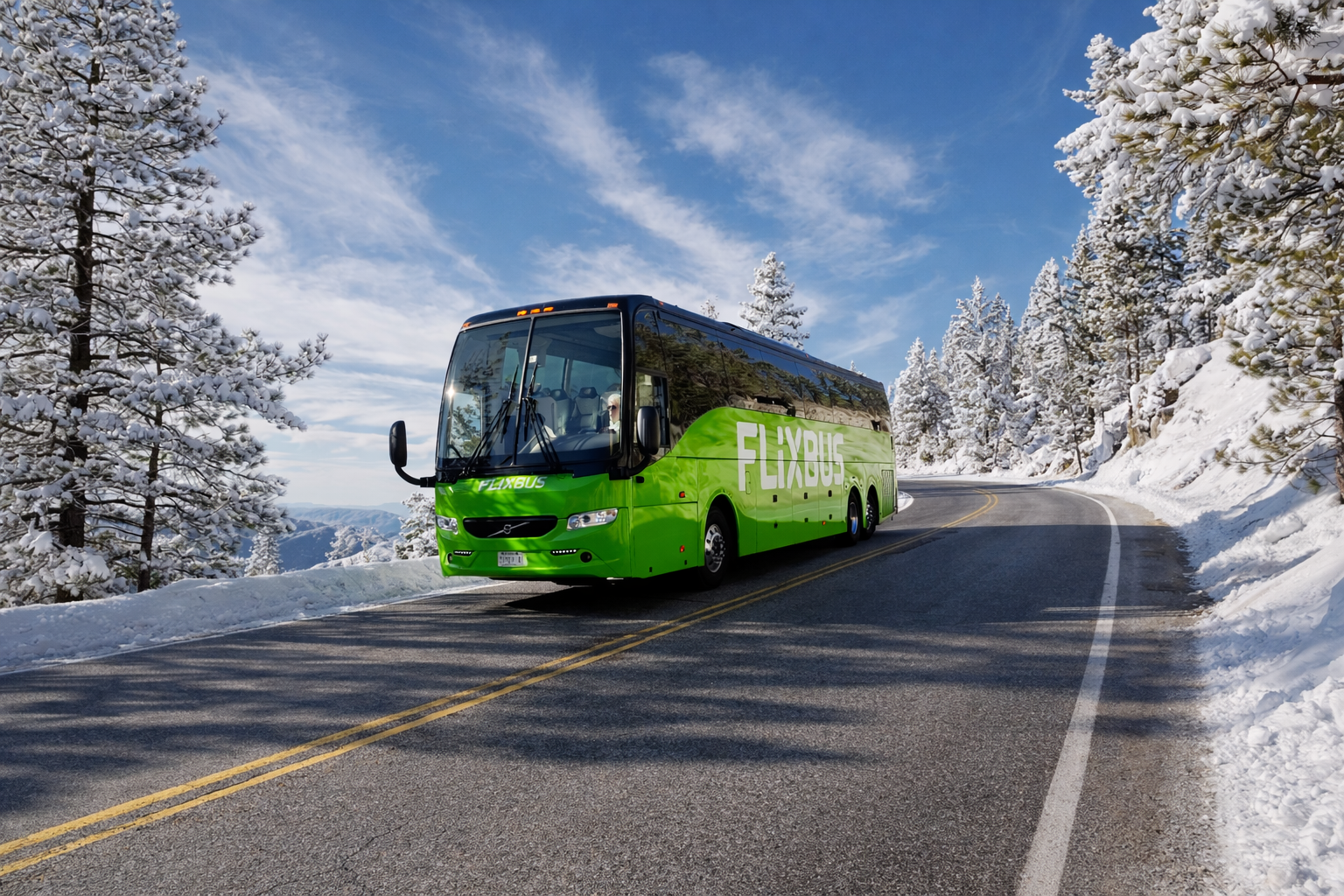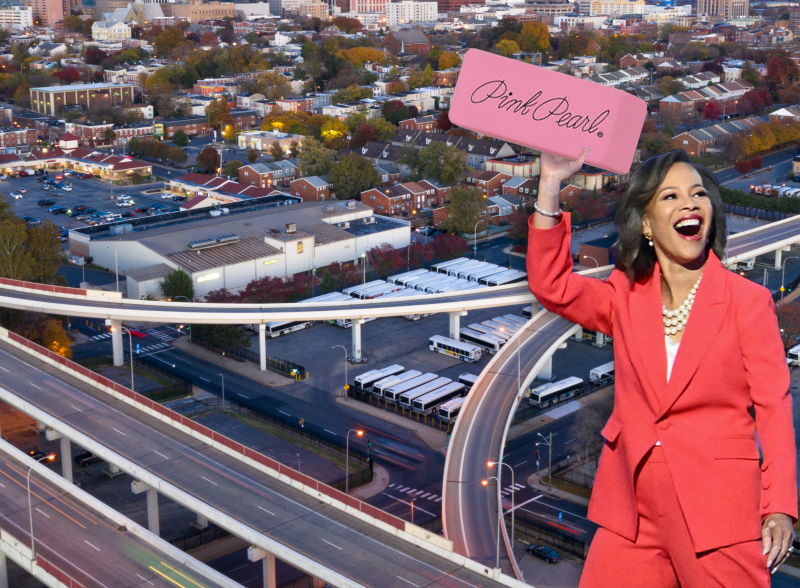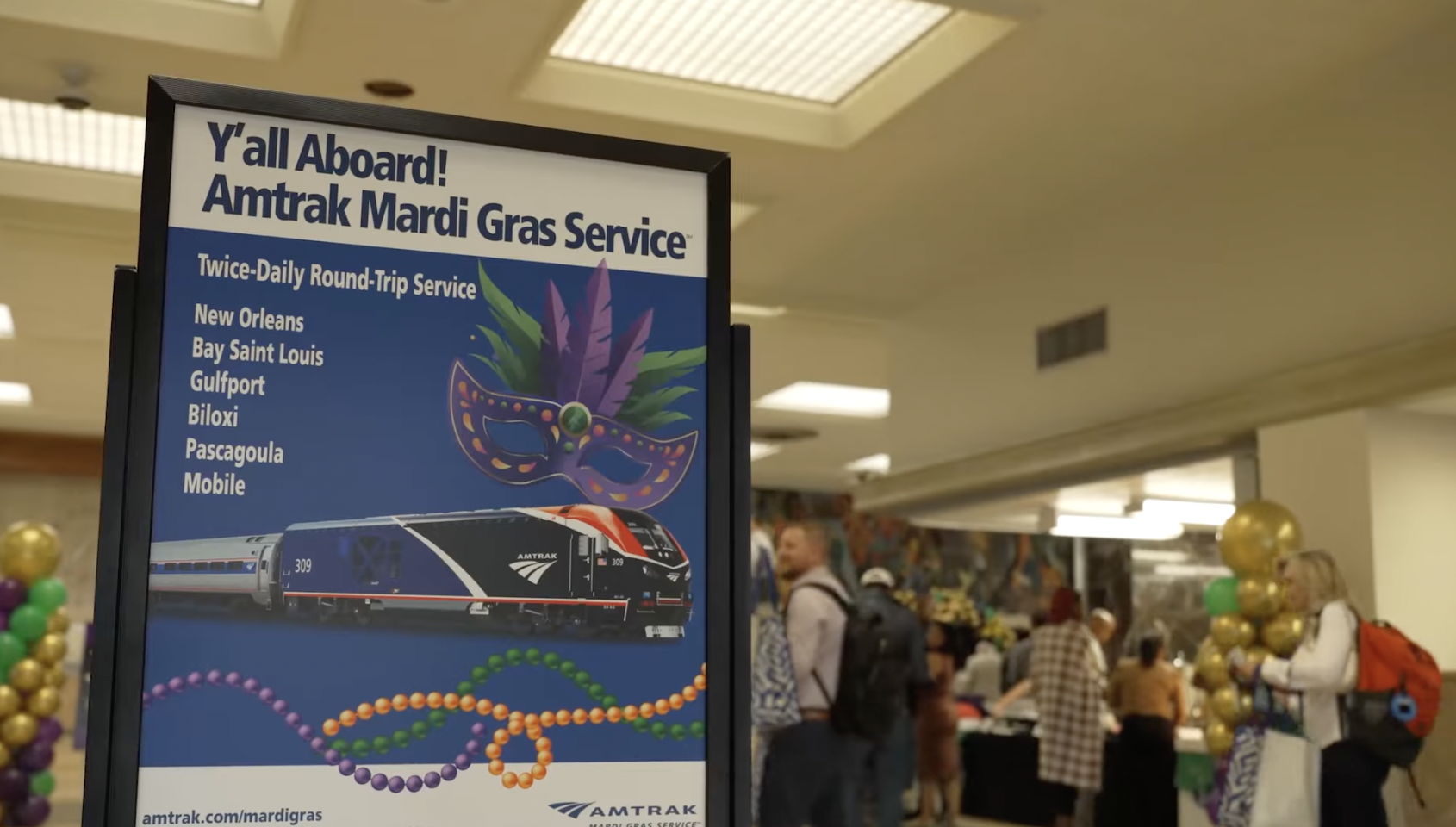Can cities that won highway fights two generations ago still defeat destructive road projects today?
Marc Lefkowitz at Green City Blue Lake is looking back at Cleveland's history of highway revolts. In the late 1960s, the city successfully beat back a proposal -- the "East Side Highway" -- that would have obliterated neighborhoods. Now, all these decades later, Cleveland is actually moving ahead with a watered-down version of that same road, repackaged as the $331 million "Opportunity Corridor."
Lefkowitz says at another time in the city's history there was a whole resistance effort to preserve urban communities and green spaces:
There was, perhaps, more general acceptance in Cleveland that serving the least able might mean taking on the most powerful.
Then Cleveland Planning Director, Norm Krumholtz, helped in the fight to turn back powerful interests that wanted to build a network of highways slicing through the east side of the city and the suburbs of Shaker and Cleveland Heights. In his book, “Making Equity Planning Work” Krumholtz tells of how, in 1969, NOACA voted for an east side highway that would start at E. 55th and cut east through densely populated, lower income black neighborhoods. He was asked by Mayor Carl B. Stokes to come up with a strategy to rescind that vote.
“I could find nothing to suggest that the Cleveland City Planning Commission had been anything but supportive of all NOACA’s highway plans,” Krumholtz writes. “We had made no effort to define the proposed freeway as a problem—a project that would destroy neighborhoods, reduce the supply of affordable housing available to Cleveland’s low-income populations, and deepen racial isolation and the city’s fiscal problems. (City staff) looked at it in terms of highway engineering criteria—as an ‘improvement’ to the regional traffic flow.”
Under Krumholtz, city planning developed an estimate of the costs to the city of the highways, including the local share of the building costs, loss of jobs, loss of housing, loss of income tax. And they used the numbers in their presentations that opposed the highways.
It may take some imagination to picture the city acting so forcefully to oppose an urban highway project, but remember that the urban sections of I-90 and I-77 had just been built and the city neighborhoods were still smoldering from the big, gaping paved hole it tore through them. Perhaps a generation later, the highways that were built have spread leadership around the region and made no one place, but particularly the established communities, less the center.
Cleveland sued NOACA for better representation on its board and threatened to withdraw its dues until the I-290, which includes the western portion of today’s Opportunity Corridor, was taken off the table.
Today, the Opportunity Corridor is moving forward, encountering little of the opposition in earlier generations. Lefkowitz asks: “What has changed about who decides when new roads are needed and where they will go into communities?"
Elsewhere on the Network today: ATL Urbanist reports that early ridership numbers on the Atlanta streetcar are underwhelming, and offers recommendations to improve the usefulness of the route. The Urbanophile says a certain type of powerful suburb is undergoing a transformation that will make it slightly more urban, in response to competitive demands. And 1000 Friends of Wisconsin says the Cheese State has utterly failed to make the case for its $850 million I-94 expansion project.






